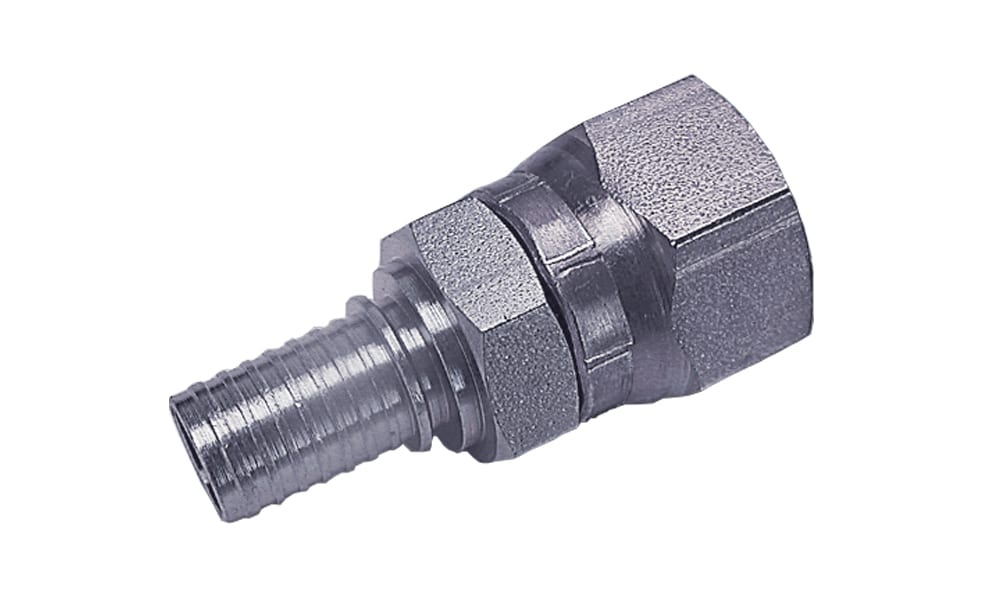Seal integrity in hydraulic connections depends on precise thread engagement, appropriate sealing elements, and correct assembly methods. https://northernhydraulics.net/hydraulics-shop/fittings/adapters demonstrates various sealing configurations designed for different pressure and temperature conditions. The adapter’s machined surfaces, seal material selection, and installation torque all work together to prevent fluid escape from pressurized connections.
Thread precision requirements
Accurate thread dimensions create the foundation for reliable sealing. Manufacturing tolerances determine how well male and female threads engage:
- Thread pitch must match exactly between mating components
- Crest and root dimensions follow standardized specifications
- Taper angles on NPT threads maintain consistent interference
- Parallel threads like BSPP require precise diameter control
- Surface finish on thread flanks affects friction during assembly
Clean, sharp threads make full contact across the engagement length. Rounded or damaged thread peaks leave gaps where fluid can migrate through the spiral thread form. Thread sealant fills these microscopic irregularities in tapered designs where the wedging action creates primary sealing.
Sealing element selection
Different adapter types use specific sealing methods matched to operating conditions.
- Nitrile works with petroleum oils up to 250°F
- Viton handles synthetic fluids and higher temperatures
- EPDM suits water-based hydraulic fluids
- Groove dimensions control compression percentage
- Durometer hardness affects sealing pressure and extrusion resistance
Bonded seals combine metal washers with vulcanized elastomer. The assembly crushes during installation, creating permanent sealing. Metal-to-metal cone seals in flare fittings handle extreme pressures without elastomeric components. Thread sealant paste or tape works in tapered thread adapters where interference provides the sealing mechanism.
Installation torque control
Applied torque directly affects seal compression and thread engagement. Specifications balance several requirements:
- Enough clamping force to compress seals completely
- Thread engagement depth that prevents separation under pressure
- Preload that resists vibration loosening
- Stress levels below the material yield strength
- Consistent results across multiple assemblies
Calibrated torque wrenches ensure specified values are applied accurately. Under-torqued connections leave seals partially compressed. Over-torqued assemblies damage threads and extrude seal material past the sealing surfaces.
Material compatibility matters
Chemical interactions between seals and hydraulic fluids determine long-term integrity. Incompatible combinations cause swelling, hardening, or chemical breakdown:
- Petroleum fluids attack some synthetic elastomers
- Phosphate esters require specially formulated seals
- High water content fluids need hydrolysis-resistant materials
- Temperature extremes accelerate degradation in the wrong seal compounds
Adapter body materials must resist corrosion from system fluids. Carbon steel needs protective plating in water-based systems. Stainless steel handles corrosive fluids without surface treatment. Brass works well in water-glycol applications.
Pressure cycling effects
Repeated pressure fluctuations test seal resilience over time. Each cycle compresses and relaxes the seal slightly:
- Elastomers experience mechanical fatigue from cycling
- Proper compression prevents extrusion during pressure peaks
- Face seal designs distribute stress more evenly than thread seals
- Backup rings support O-rings in high-pressure applications
Static seals in properly torqued adapters maintain integrity through millions of pressure cycles when materials match service conditions.
Hydraulic adapters preserve seal integrity through precise manufacturing, appropriate seal selection, controlled installation torque and designs that withstand pressure cycling. Thread accuracy provides proper engagement. Seal compounds must match fluid chemistry and temperature ranges. Installation procedures determine whether design features function as intended. Material compatibility prevents chemical degradation during service.
How do hydraulic adapters maintain seal integrity properly?
Related posts
Categories
- Advertisement (1)
- Business (78)
- Finance (10)
- Franchise (7)
- Marketing (6)
- Networking (5)
- Tech (5)
- Workspace (5)

